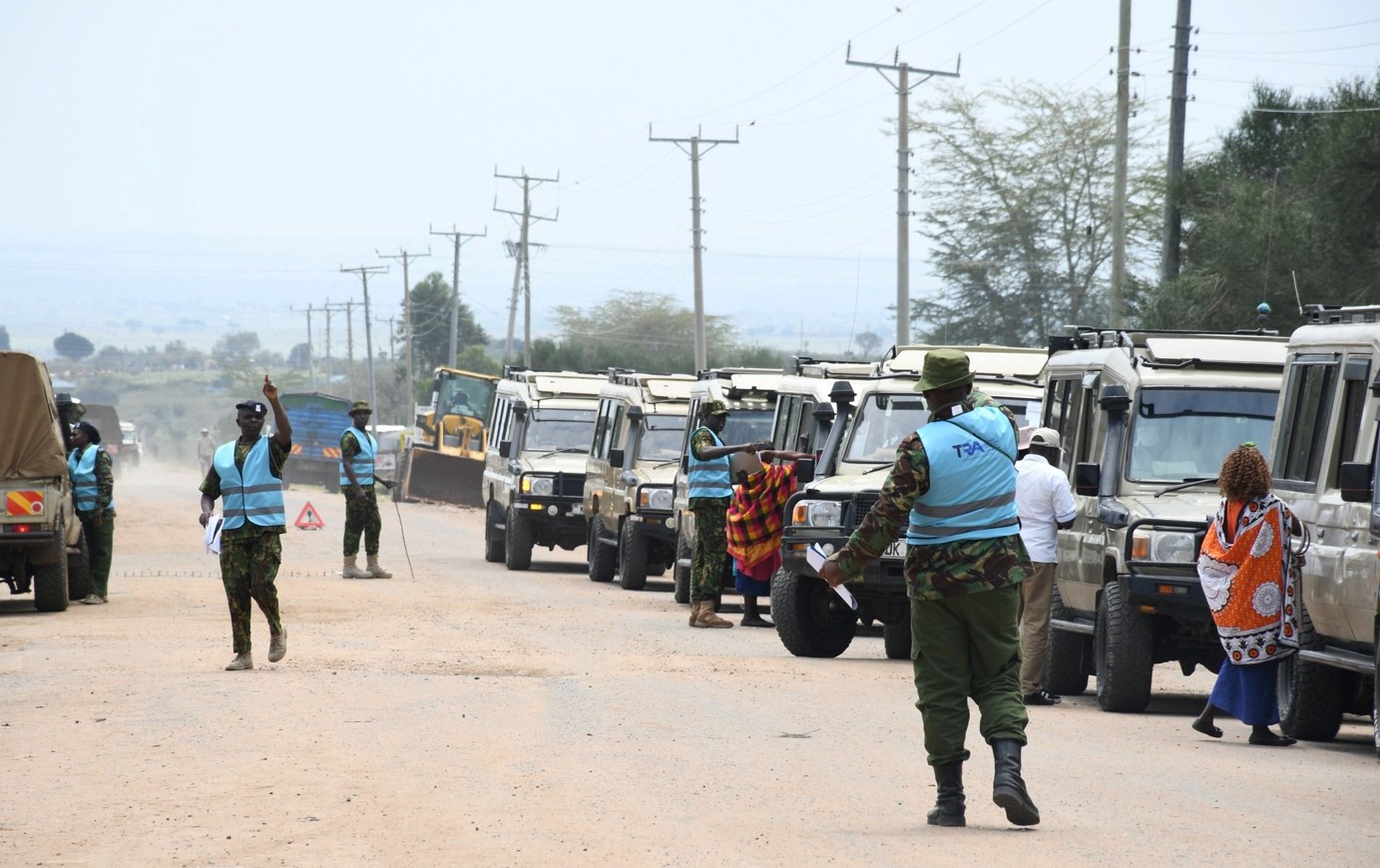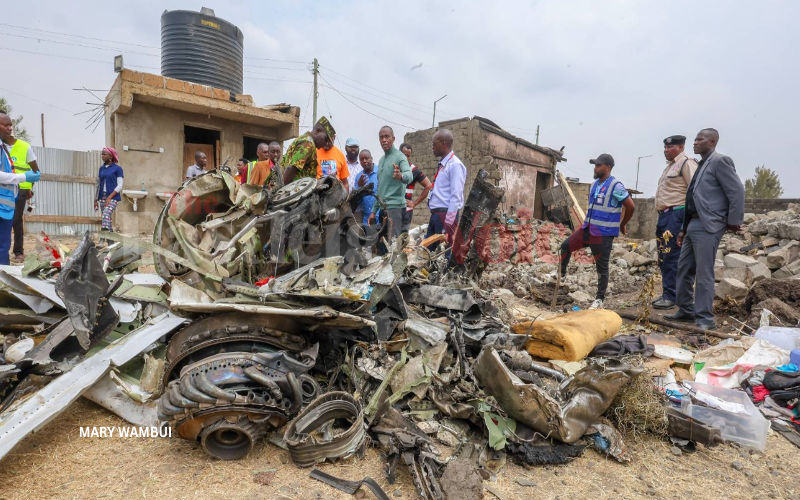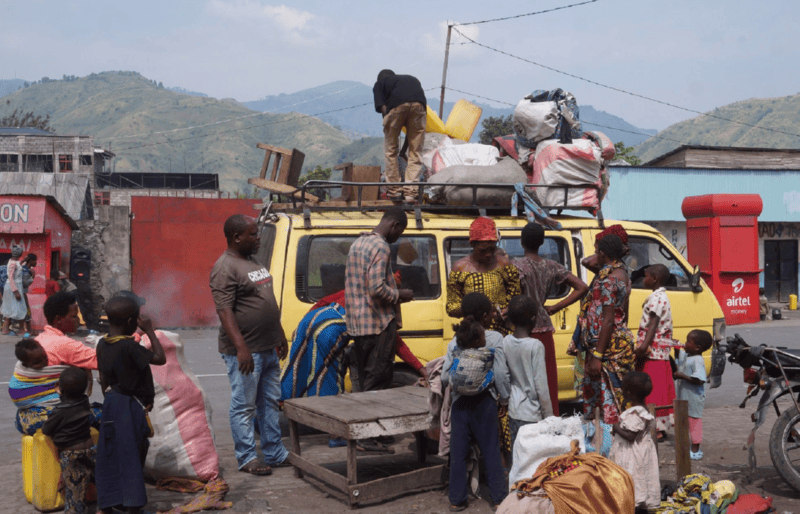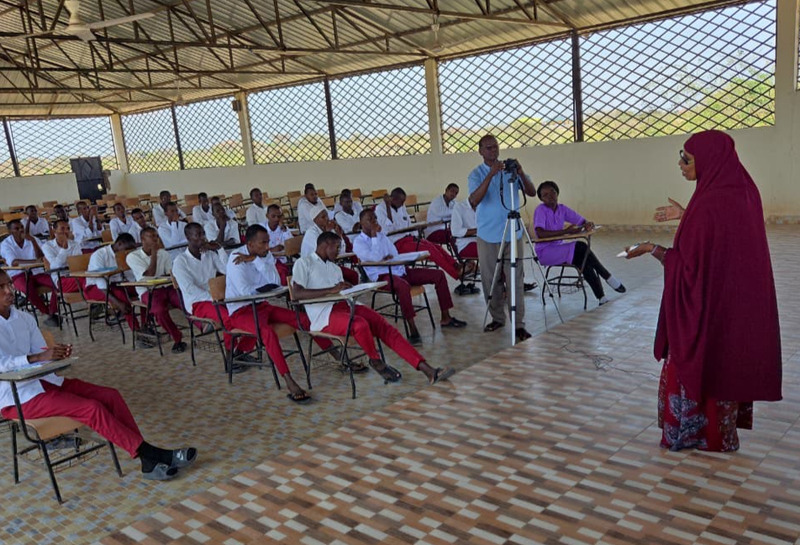Kenya's Mpox cases rise to 41 as viral haemorrhagic fevers spread across East Africa
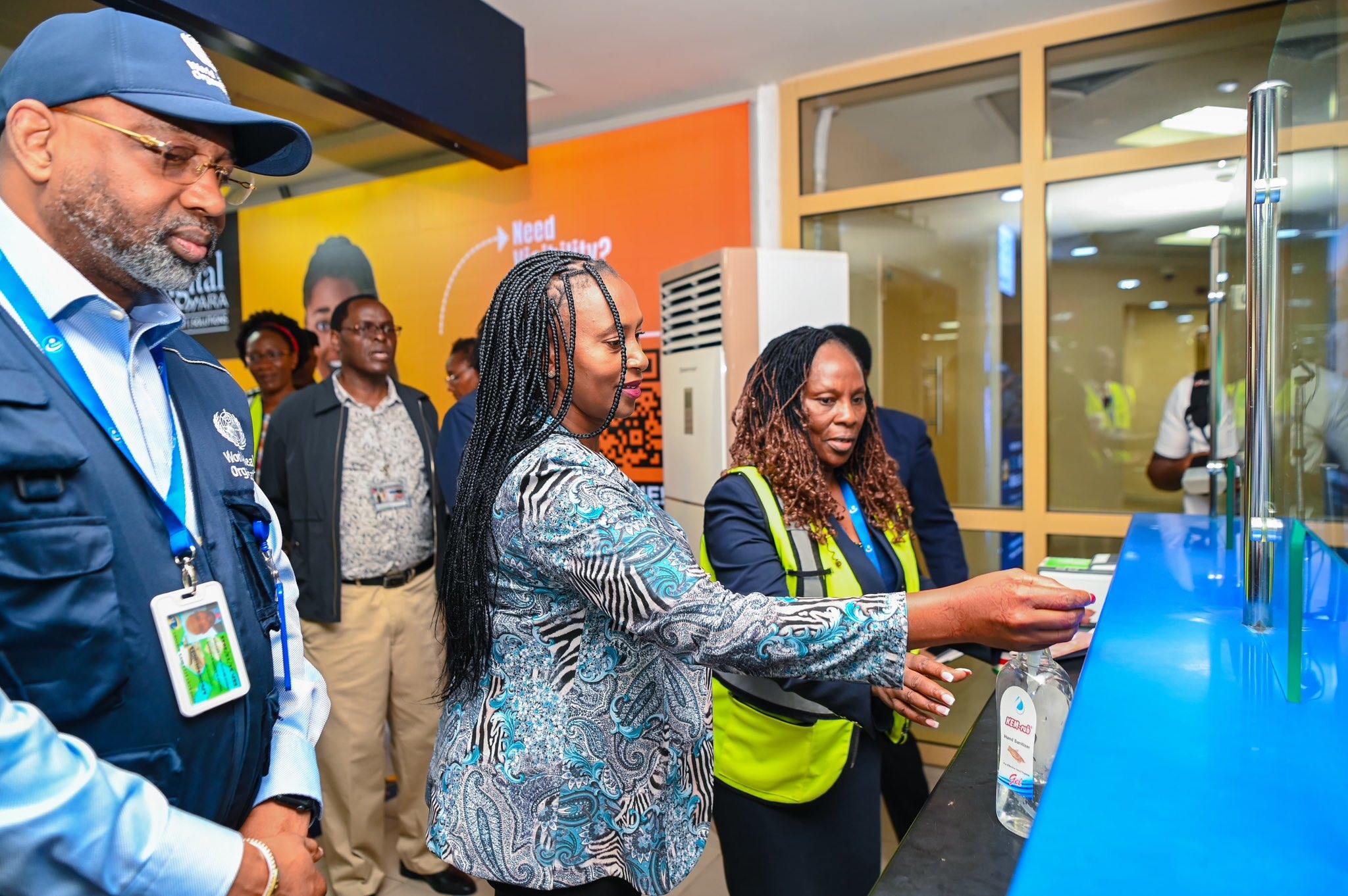
The disease has spread across 12 counties, with cases reported in Nakuru (10), Mombasa (8), Busia (7), Nairobi (2), Kajiado (2), Bungoma (2), Taita Taveta (2), Kericho (2), Makueni (2), Kilifi (2), Kiambu (1), and Uasin Gishu (1).
Kenya's Mpox cases rise to 41 as viral haemorrhagic fevers spread across East Africa
The Ministry of Health has confirmed three new Mpox cases in Busia County, raising the number of confirmed infections in Kenya to 41 since the outbreak began.
More To Read
- Kenya battles rising mpox infections as WHO lifts global emergency
- Mpox deaths near 2,000 in Africa since 2024 amid recent decline in cases: Africa CDC
- Health authorities launch 10-day mpox vaccination drive at Malaba border
- Long-distance drivers decry being forced to take Mpox vaccine, demand voluntary participation
- Africa: A tentative start in mass vaccine production
- Mpox outbreak: What you need to know to stay safe
The disease has spread across 12 counties, with cases reported in Nakuru (10), Mombasa (8), Busia (7), Nairobi (2), Kajiado (2), Bungoma (2), Taita Taveta (2), Kericho (2), Makueni (2), Kilifi (2), Kiambu (1), and Uasin Gishu (1).
In a statement, Principal Secretary Mary Muthoni confirmed that 271 contacts of the 41 cases have been identified, with 246 monitored for the recommended 21-day period. Nine of these contacts have tested positive for Mpox, while 16 remain under observation. Over 3.3 million travellers have also undergone screening at entry points.
“So far, 419 samples from suspected cases have been tested at the National Public Health Laboratory and partner labs, with 41 returning positive results, 376 testing negative, and two still undergoing analysis,” said Muthoni.
The Ministry of Health has intensified Mpox surveillance, deploying response teams for case detection and management while enhancing public awareness and school health measures.
Muthoni also noted that East Africa has recently experienced a surge in Viral Haemorrhagic Fever (VHF) outbreaks. Between September and December 2024, Rwanda successfully contained a Marburg Virus Disease (MVD) outbreak. However, new outbreaks have since emerged in Tanzania and Uganda.
Tanzania declared an outbreak of Marburg Virus Disease (MVD) on January 20, 2025, with all 10 confirmed cases resulting in fatalities, marking a 100 per cent case fatality rate (CFR).
Uganda declared an outbreak of Sudan Ebola Virus Disease (SVD) on January 30, 2025, with two confirmed cases and one death, representing a 50 per cent CFR.
High mobility
Given the high mobility between these countries and Kenya, there is an increased risk of importation. Points of Entry (POEs) have become critical in preventing the introduction of the virus through travellers.
VHFs spread through close contact with infected humans, animals, or contaminated materials such as blood, secretions, organs, and bodily fluids. The disease can also be transmitted through direct contact with contaminated surfaces, including clothing and bedding. Family members and healthcare workers face high risks if they do not use proper personal protective equipment (PPE) while caring for infected individuals.
Viral Haemorrhagic Fevers (VHFs) present suddenly with symptoms such as fever, severe headache, diarrhoea, vomiting, body weakness, and, in later stages, bleeding from body orifices. To prevent the spread, the Ministry of Health advises seeking immediate medical care, avoiding home treatment, and allowing trained teams to handle VHF-related burials. The public is also urged to avoid contact with wild animals and practice safe hygiene measures. Close contacts of infected individuals should be monitored for 21 days to enable early detection and containment.
To minimise the risk of disease transmission at Points of Entry, the government has introduced several preventive measures.
All travellers undergo temperature screening, with those registering a fever (≥38°C) receiving further medical assessment. At Jomo Kenyatta International Airport (JKIA), mandatory screening is in place for passengers arriving from Tanzania and Uganda.
Travellers from affected regions are required to complete health declaration forms, while strict hand hygiene protocols, including handwashing and sanitisation, are enforced. Additionally, disembarkation procedures for travellers from Tanzania follow stringent public health guidelines to ensure safety.
Top Stories Today












